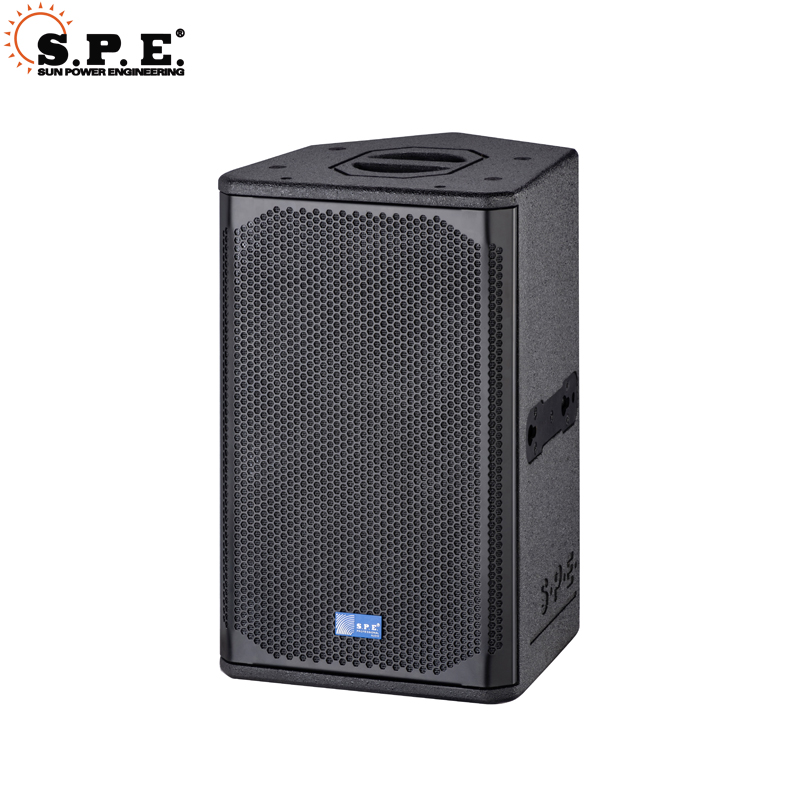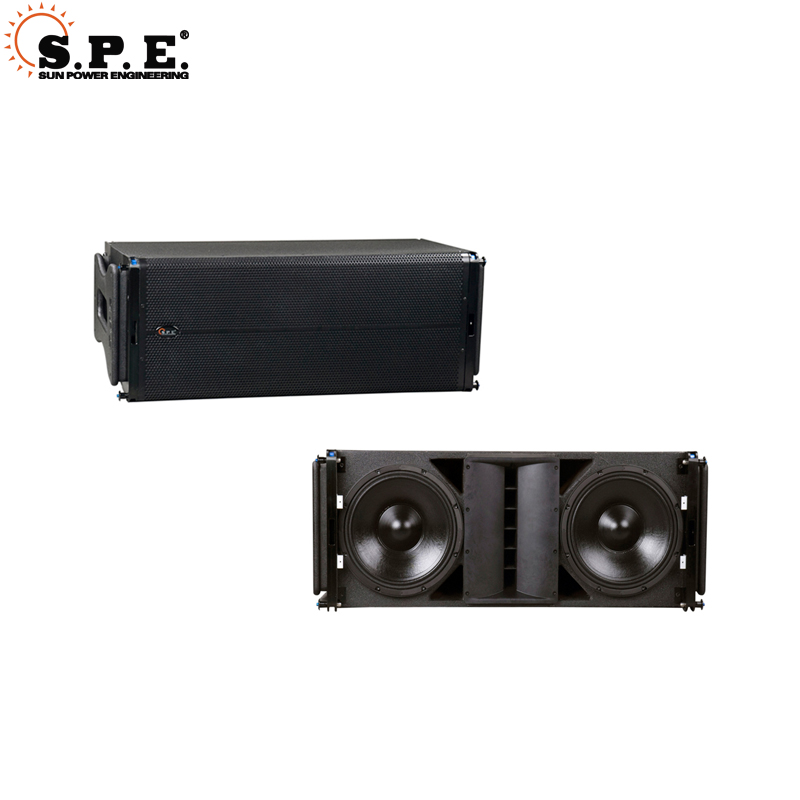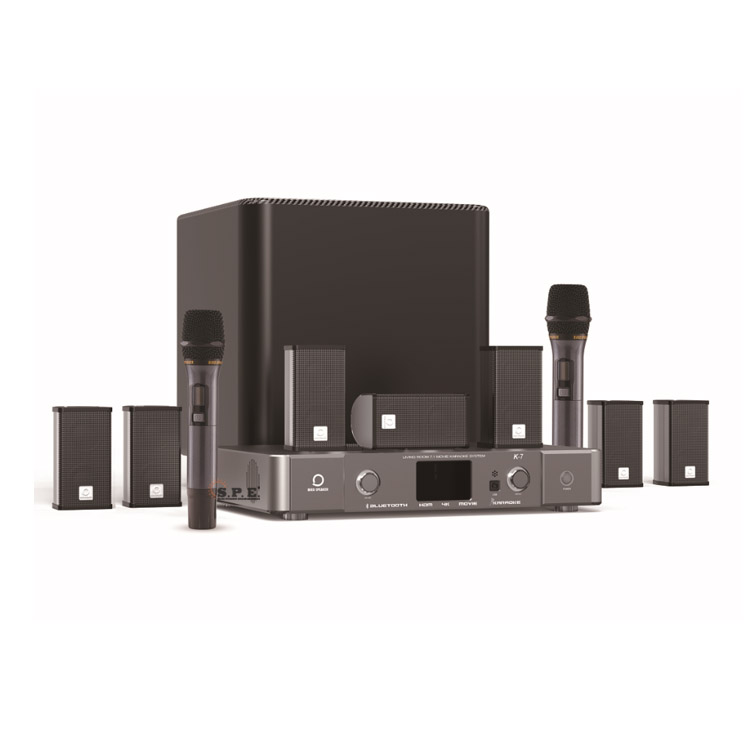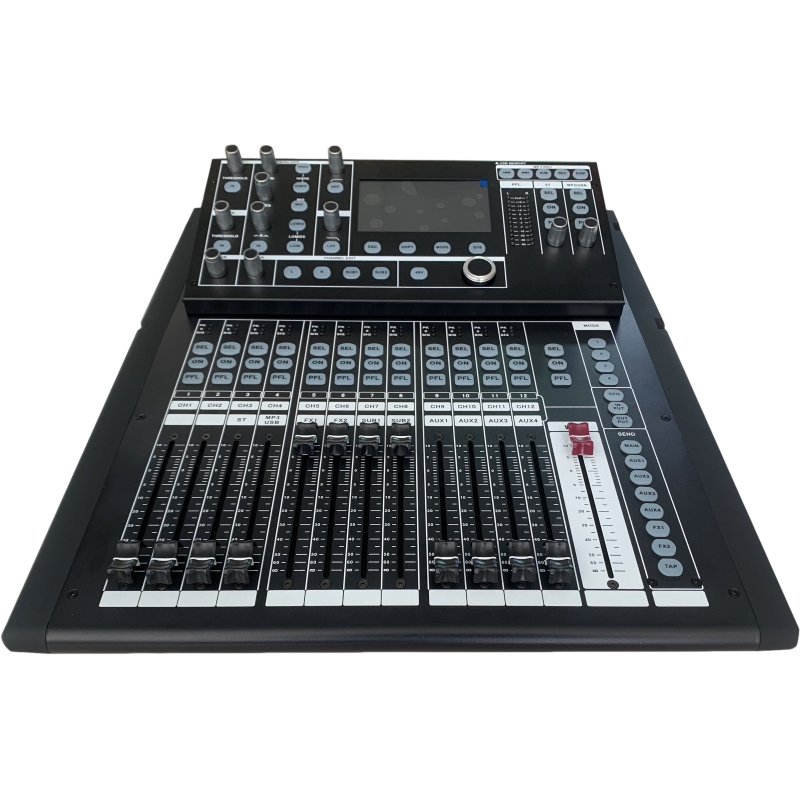Active speaker systems have transformed the audio landscape. These systems offer built-in amplification, which enhances sound quality through better integration between amplifiers and speaker drivers. The convenience of active speakers eliminates the need for external amplifier racks. This feature makes them a popular choice in today’s market. Understanding the setup process is crucial for beginners. Proper setup ensures optimal performance and prevents common errors. Active Speaker System Solutions provide a straightforward approach to achieve this goal. Mastering these basics allows anyone to enjoy high-quality audio experiences with ease.
Understanding Active Speaker Systems
Components of Active Speaker Systems
Built-in Amplifiers
Active speakers come with built-in amplifiers. These amplifiers eliminate the need for external equipment. The integration between the amplifier and speaker drivers enhances sound quality. This setup provides a seamless audio experience. Users can enjoy music without additional components.
Speaker Drivers
Speaker drivers in active systems are crucial. These drivers convert electrical signals into sound. The design of these drivers ensures efficient sound reproduction. High-quality drivers deliver clear and powerful audio. Users benefit from precise sound output.
Connectivity Options
Active speakers offer various connectivity options. Users can connect devices through Bluetooth, USB, or AUX inputs. These options provide flexibility for different audio sources. Easy connectivity enhances user convenience. Users can switch between devices effortlessly.
Advantages of Active Speaker Systems
Ease of Setup
Active speakers simplify the setup process. Built-in amplifiers reduce the need for extra equipment. Users can set up the system quickly. Fewer components mean fewer cables. This simplicity benefits beginners.
Portability
Portability is a key feature of active speakers. Compact designs make transportation easy. Users can move speakers between locations without hassle. Lightweight construction adds to the convenience. Portability suits events and gatherings.
Sound Quality
Sound quality in active speakers is exceptional. The integration of amplifiers and drivers ensures optimal performance. Users experience rich and detailed audio. High-quality components enhance the listening experience. Sound quality remains consistent across different volumes.
Preparing for Setup
Assessing the Venue
Indoor vs. Outdoor Considerations
The choice between indoor and outdoor venues significantly impacts the setup of active speaker systems. Indoor venues often require equipment like wireless microphones and in-ear monitors to enhance sound quality. Subwoofers may be necessary to achieve a powerful low-end sound indoors. The room design in indoor spaces can affect the listening experience. Outdoor venues, on the other hand, demand speakers that provide clear and focused sound. The absence of walls and ceilings outdoors means sound can easily get lost. More support for the main system is essential to maintain loudness due to crowd noise.
Audience Size and Layout
The size of the audience and the layout of the venue play crucial roles in the setup process. A small audience in a compact space requires fewer speakers. Large audiences need more powerful systems to ensure everyone hears clearly. The layout of the venue determines speaker placement. Speakers should be positioned to cover the entire area effectively. Consideration of these factors ensures optimal sound distribution.
Gathering Necessary Equipment
Cables and Connectors
Cables and connectors form the backbone of any audio setup. High-quality cables ensure a stable connection between components. Balanced audio cables reduce noise and interference. Proper connectors match the equipment being used. Ensure all cables are long enough to reach between devices without tension. Secure connections prevent signal loss and maintain sound quality.
Power Sources
Reliable power sources are vital for active speaker systems. Each speaker needs a direct power connection. Ensure power outlets are accessible at the venue. Use surge protectors to safeguard equipment from electrical surges. Portable power solutions may be necessary for outdoor events. Adequate power supply guarantees uninterrupted performance.
Active Speaker System Solutions
Step-by-Step Setup Process
Positioning the Speakers
Positioning speakers correctly is crucial for optimal sound distribution. Place speakers at ear level for the audience. Ensure that each speaker faces the seating area directly. Maintain an equal distance between speakers to create a balanced sound field. Avoid placing speakers too close to walls to prevent sound reflections. In live venues, position speakers in front of the stage to minimize feedback. This setup ensures clear sound projection.
Connecting the Components
Connecting components properly ensures seamless audio transmission. Use high-quality cables to link the speakers. Match red to red and black to black for correct polarity. Connect audio sources using the appropriate inputs like Bluetooth, USB, or AUX. Secure all connections to prevent signal loss. Balanced audio cables reduce noise and interference. Ensure that each connection is firm and stable.
Powering Up and Initial Testing
Powering up the system requires careful attention. Connect each speaker to a reliable power source. Use surge protectors to safeguard against electrical surges. Turn on the speakers and perform an initial sound check. Adjust microphone and speaker levels for optimal audio performance. Test the system before the event to ensure functionality. Fine-tune settings to achieve the desired sound quality.
Case Study: Live Venue Sound Systems
Successful setups in live venues demonstrate the importance of proper positioning and connectivity. Efficient sound distribution ensures that every audience member experiences high-quality audio. The use of balanced cables and secure connections enhances sound clarity. Testing the system beforehand prevents unexpected issues during events.
Testing and Troubleshooting
Common Issues and Solutions
Feedback and Distortion
Feedback and distortion often disrupt sound quality. Positioning speakers correctly minimizes feedback. Keep microphones away from speakers to reduce interference. Lower the microphone gain if feedback persists. Distortion occurs when audio signals exceed the system’s capacity. Reduce volume levels to prevent distortion. Ensure all connections are secure to maintain clear sound.
Connectivity Problems
Connectivity problems hinder audio performance. Check all cables for damage or loose connections. Use high-quality cables to ensure stable connections. Match inputs and outputs correctly for seamless audio transmission. Test each connection before events to identify issues early. Consider using balanced cables to minimize noise and interference.
Expert Testimony: Fix My Speaker
“For an all-in-one solution, check out our tool. This tool offers step-by-step instructions and expert tips to diagnose and resolve common speaker issues, ensuring you get the best sound quality from your speakers.”
Fine-Tuning the Sound
Adjusting Volume Levels
Adjusting volume levels enhances audio clarity. Start with low volume settings and gradually increase. Ensure that all speakers produce balanced sound. Avoid setting volumes too high to prevent distortion. Monitor audience reactions to adjust levels accordingly. Consistent volume levels improve the listening experience.
Equalization Settings
Equalization settings refine sound quality. Use built-in controls to adjust bass, midrange, and treble. Tailor settings to suit the venue’s acoustics. Experiment with different settings to find the best balance. Regularly test adjustments to maintain optimal sound. Proper equalization enhances overall audio performance.
Setting up active speaker systems involves several key steps. Position the speakers correctly and connect the components securely. Power up the system and perform initial testing. Beginners should practice and experiment with different setups. This approach helps in gaining confidence and improving skills. Successful audio experiences require attention to detail. Consider room acoustics and audience size for optimal sound quality. Use high-quality cables and reliable power sources.






